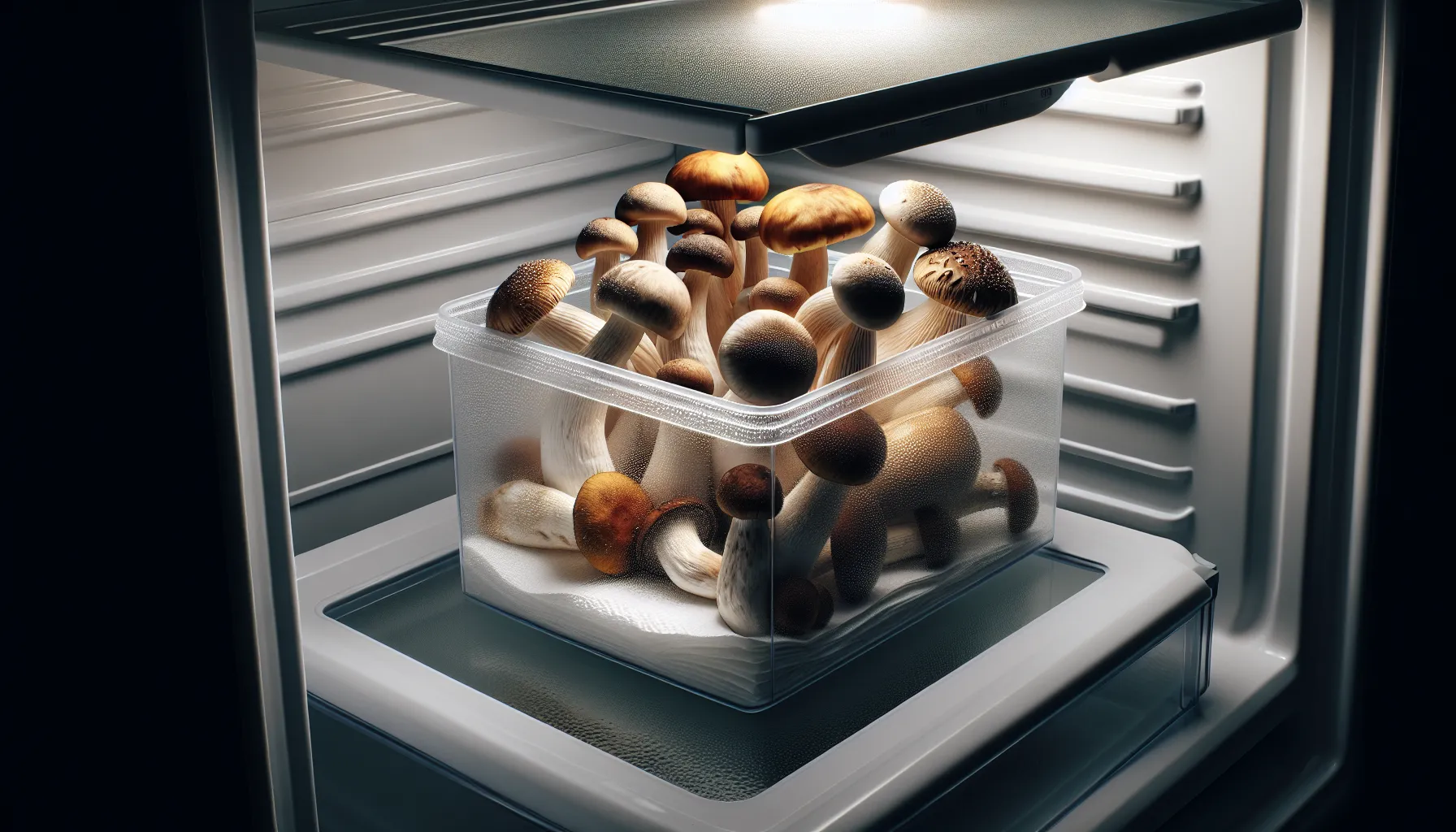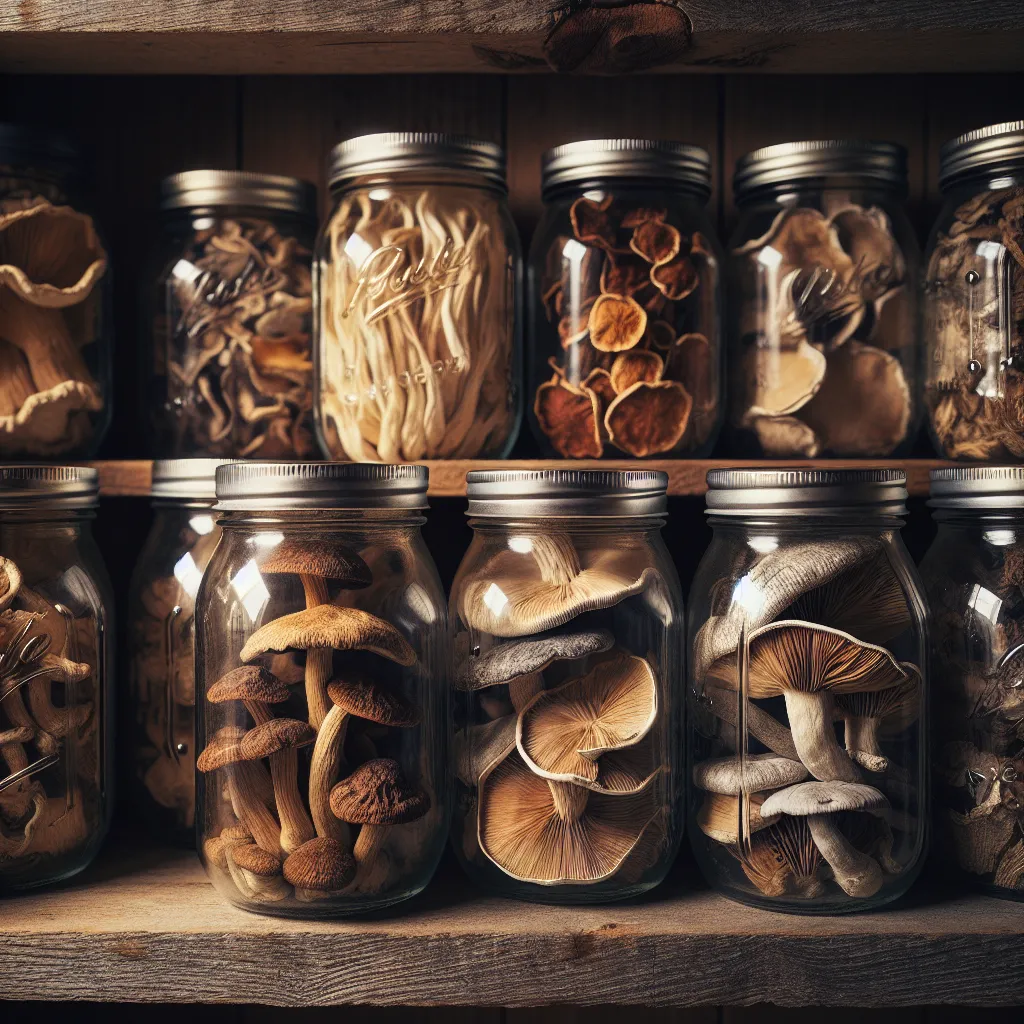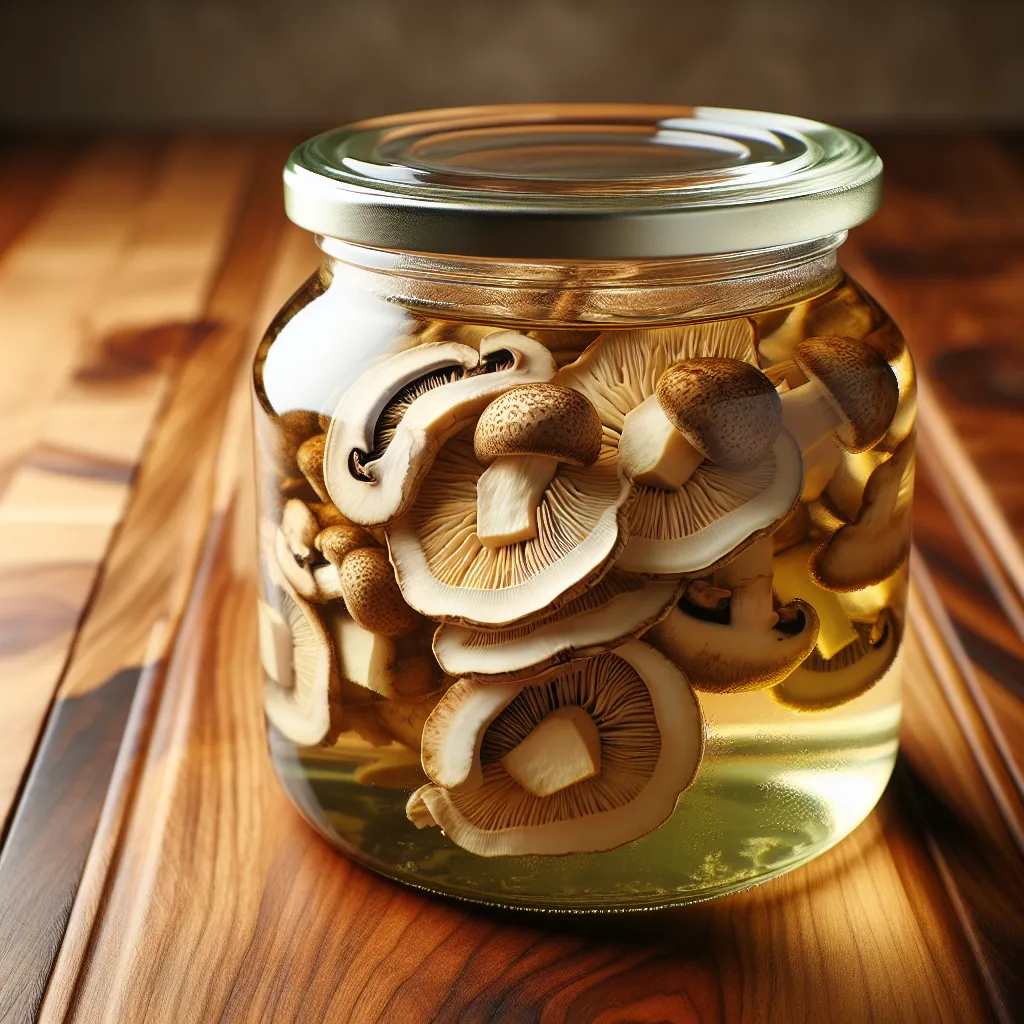Mushrooms are a versatile ingredient that can elevate the flavor profile of numerous dishes. Whether you’re a foraging enthusiast with a fresh bounty, a recipient of a generous gift of Chanterelles, or simply taking advantage of a supermarket sale on Maitake mushrooms, you may find yourself with more mushrooms than you can immediately use. This raises the question: How do you store mushrooms for the long term?
Understanding the proper techniques for mushroom storage is essential to maintaining their flavor and texture for as long as possible. Here’s an in-depth guide to help you savor your mushrooms long past their usual shelf life.
Preparing Your Mushrooms for Storage
Before you store mushrooms, it’s crucial to prepare them correctly. Begin by cleaning your mushrooms gently with a damp paper towel to remove any dirt—avoid soaking them, as they will absorb water, which can impact their flavor and texture. Trim off any bad parts, and ensure that you remove any spoiled mushrooms from the batch to prevent them from affecting the others.
Refrigerating Fresh Mushrooms
The simplest method for short-term storage is refrigeration. To maximize their shelf life in the fridge, place the mushrooms in a paper bag with the top folded over, or lay them on a paper towel in an open container to allow them to breathe. This method can keep your mushrooms fresh for up to two weeks.

Storing Sliced Fresh Mushrooms
For sliced mushrooms, you’ll want to act more quickly. Layer the slices with parchment paper in a paper bag to absorb excess moisture. Since sliced mushrooms dry out faster and are more prone to molding, they should be used within two to three days.
Dehydrating Mushrooms for Long-Term Storage
Dehydrating mushrooms is a fantastic way to preserve them for the long term, and the process can even enhance their flavor. Most mushrooms are suitable for dehydration, with varieties like Shiitakes and Morels becoming particularly flavorful when dried.
To dehydrate mushrooms in the oven, clean them, slice them, and arrange them on a parchment-lined tray without overlapping. Bake at a low temperature, turning occasionally, until completely dried. Alternatively, use a quality food dehydrator for more consistent results.
Once dehydrated, store your mushrooms in airtight containers, like mason jars, away from direct sunlight and heat to prevent moisture buildup and potential mold.

For rehydrating suggestions, Here’s a guide on how to bring your dried mushrooms back to life for cooking.
Freezing Mushrooms
Yes, you can freeze mushrooms! It’s a great way to keep them for an extended period. First, cook your mushrooms to stop enzyme activity—sautéing, steaming, or blanching are all effective methods. Once cooled, spread them on a baking sheet to flash-freeze, then transfer them to a freezer bag, removing as much air as possible. Frozen mushrooms are best used within a year and are perfect for soups and stews.
For a comprehensive guide on freezing mushrooms the right way, look no further.
Preserving Mushrooms in Oil
A traditional method favored in Italy is preserving mushrooms in olive oil. Start by slicing and salting the mushrooms to draw out moisture. After drying them out, either in the sun or a low-temperature oven, boil them briefly in water with vinegar. Then, place the mushrooms in a sterilized jar, cover them with olive oil, and ensure there’s no trapped air. Stored in a cool, dark place, your oil-preserved mushrooms can last up to three months.
For additional flavoring ideas when preserving mushrooms in olive oil, explore this resource.
Wrapping It Up
Storing mushrooms long-term doesn’t have to be a daunting task. With the right methods, you can extend the life of your mushrooms and enjoy their unique flavors for months or even a year after you’ve acquired them. Whether you choose to refrigerate, dehydrate, freeze, or preserve them in oil, ensure you’re following the best practices to maintain the quality and safety of your mushrooms.
Remember, bad mushrooms can make you sick, so when in doubt, throw them out. Now that you’re equipped with the knowledge of how to store mushrooms long-term, you can confidently buy in bulk or harvest wild mushrooms without worrying about waste.

For further details on how long different types of fresh mushrooms last and when to transition to long-term storage methods, check out this complete guide.
Enjoy your mushrooms in a variety of recipes, and rest easy knowing you have a stash of these culinary favorites safely stored for future use.
